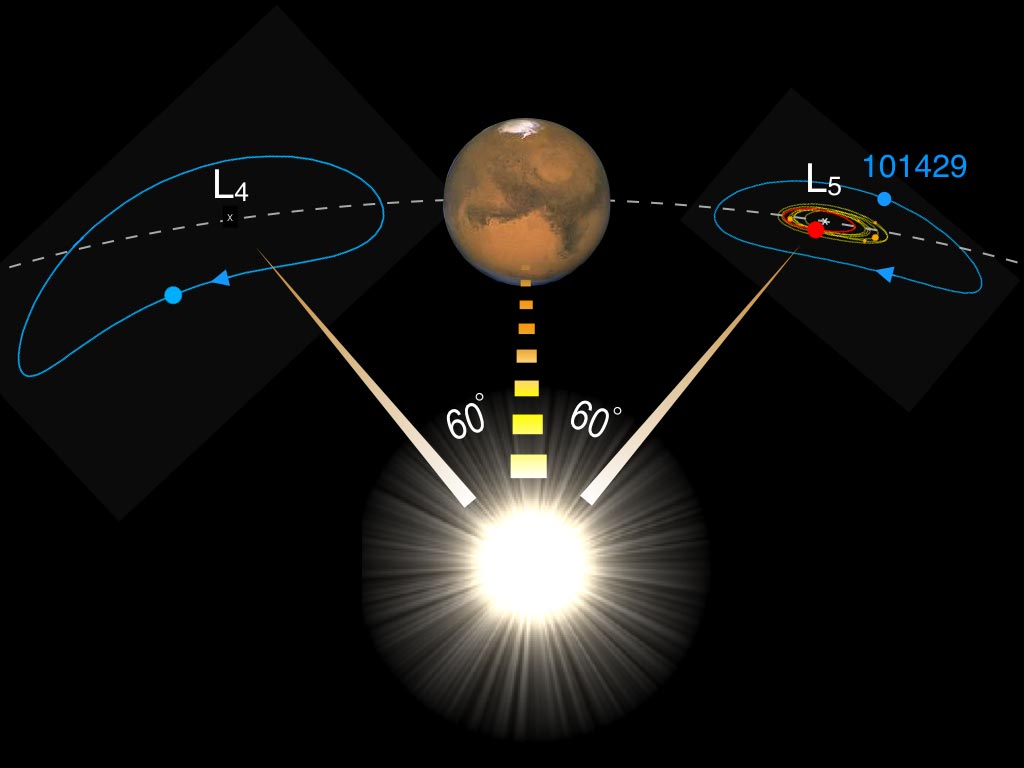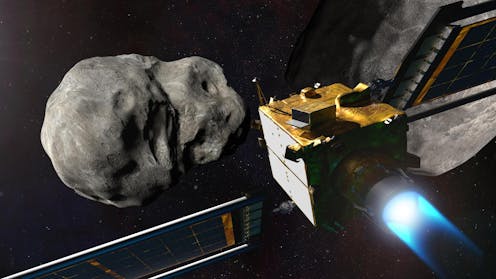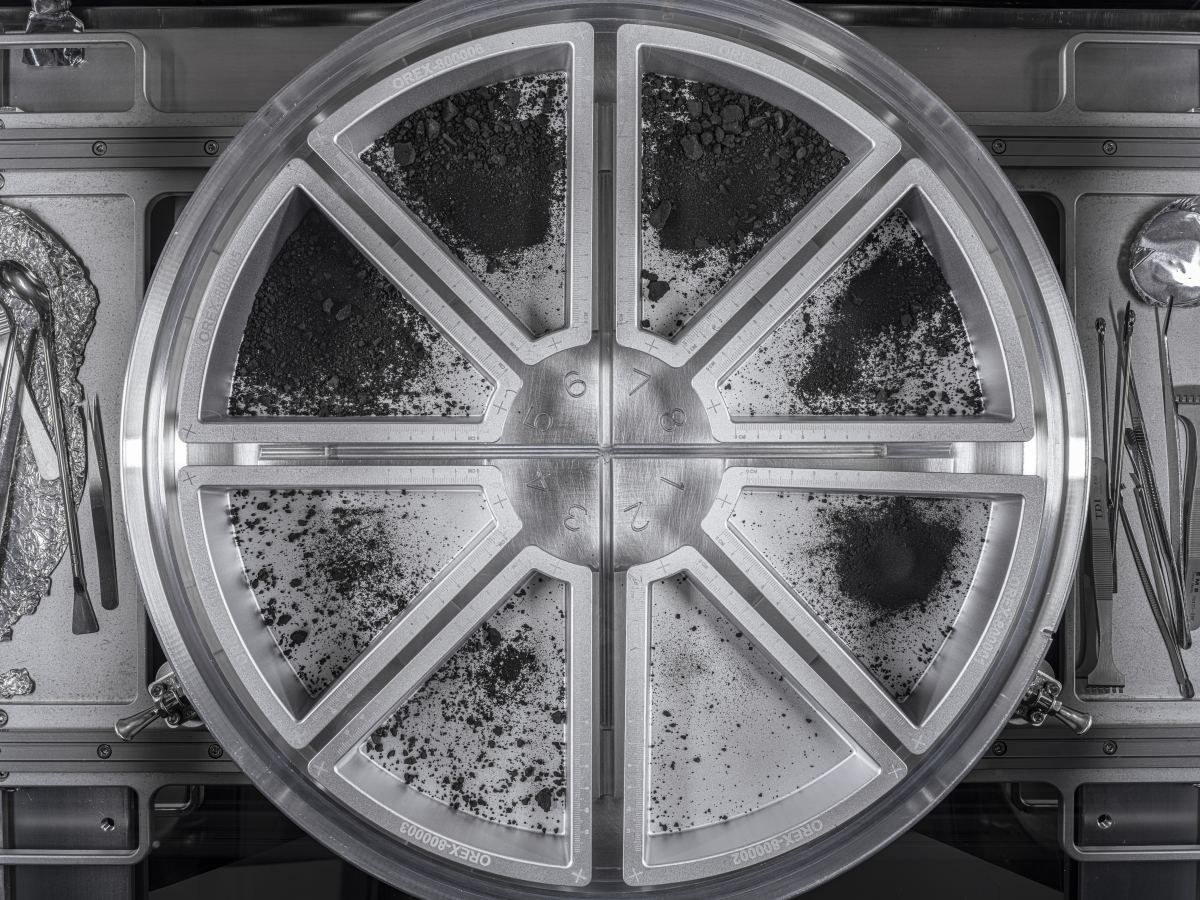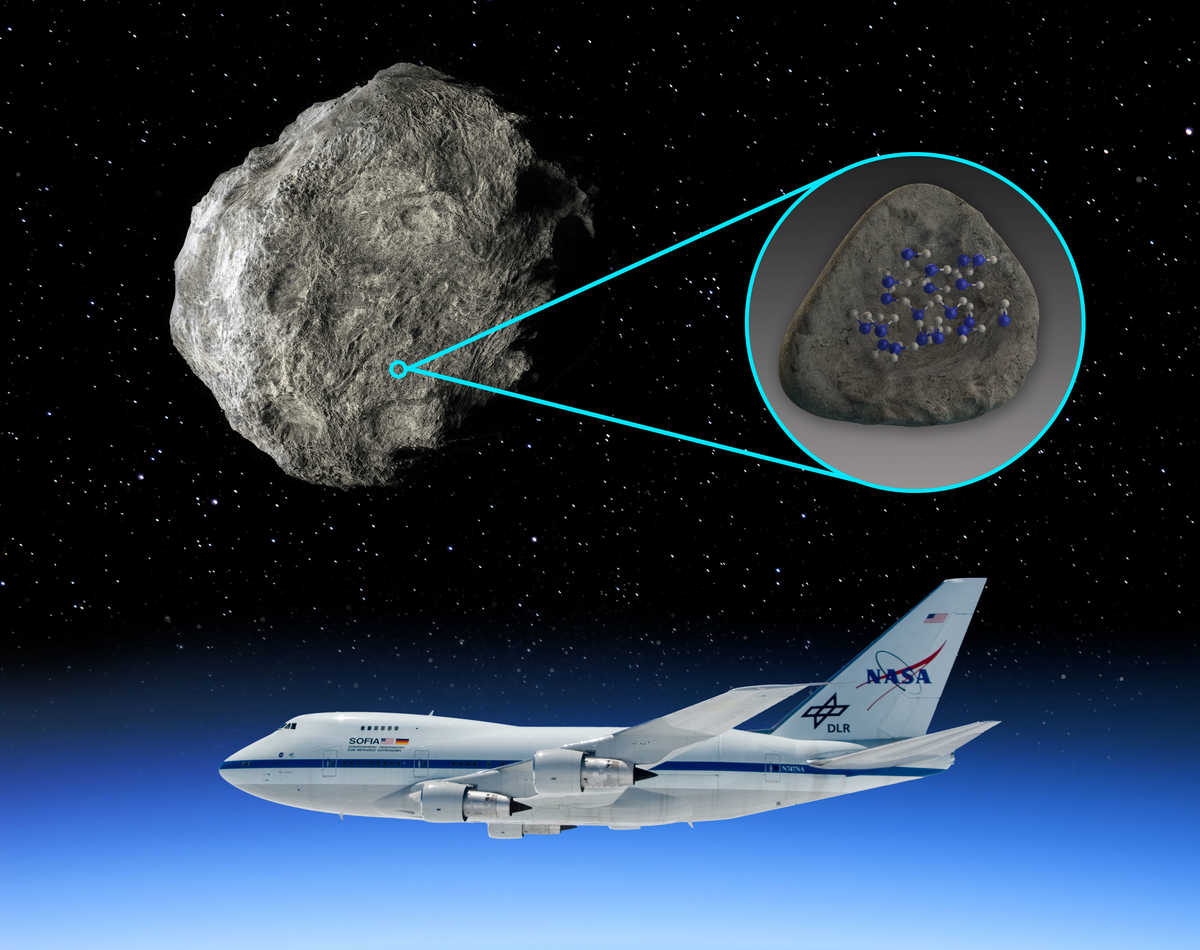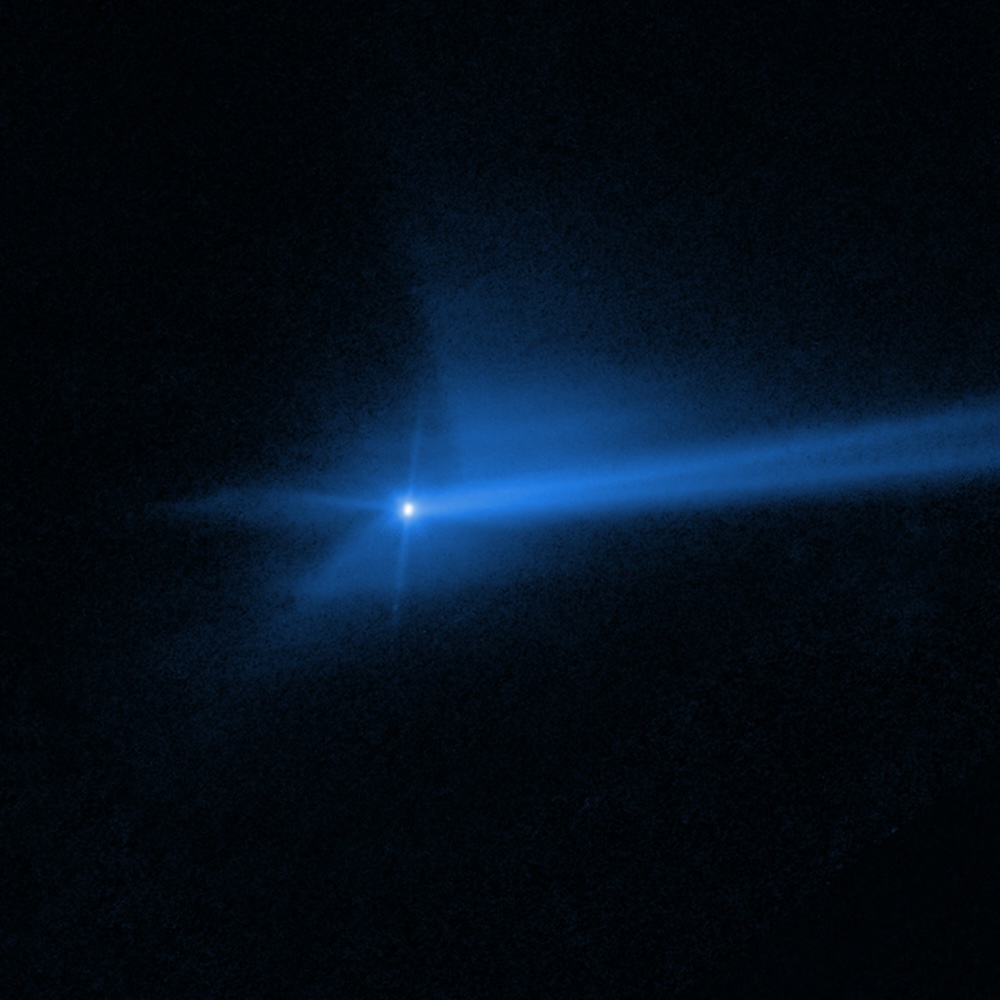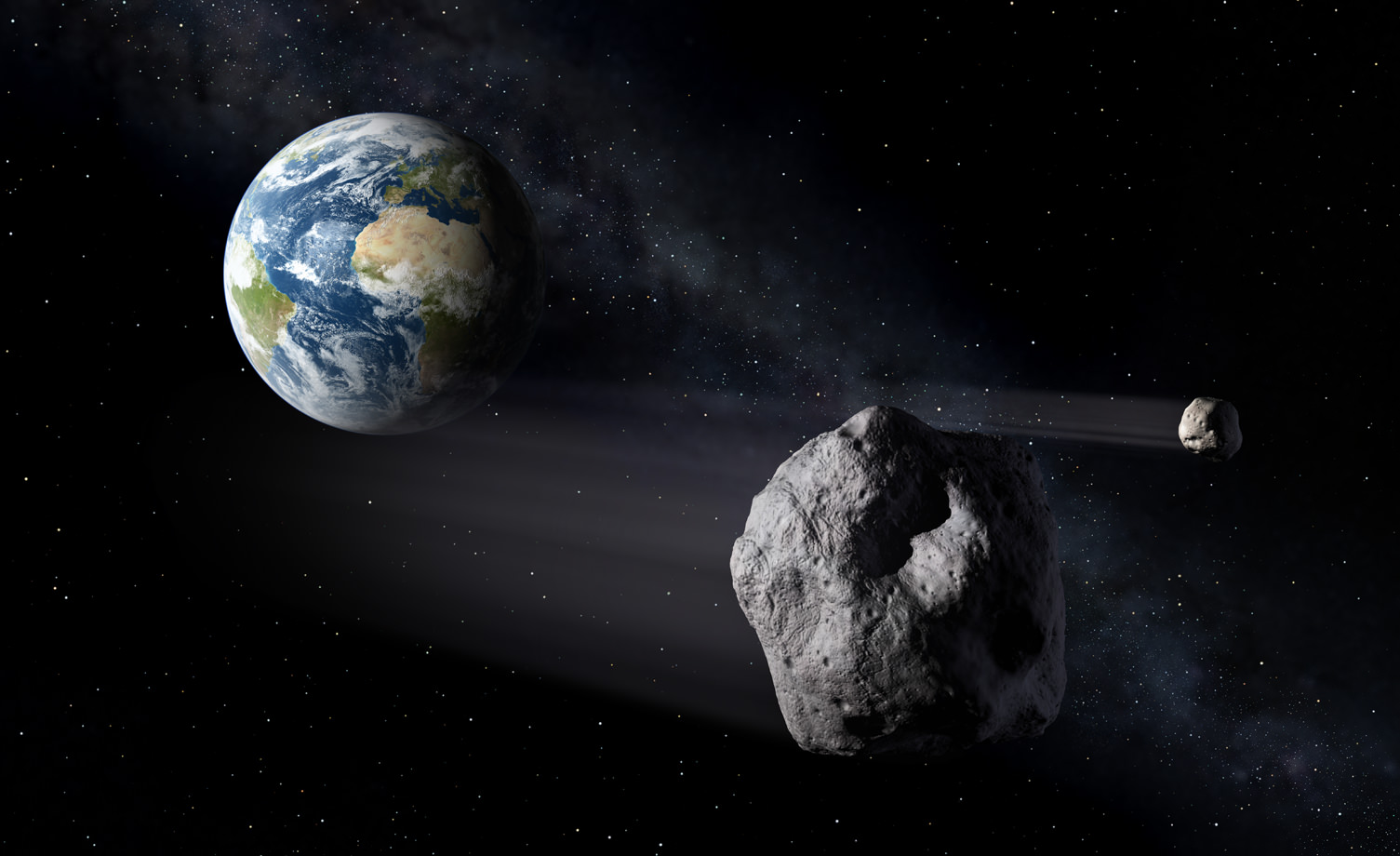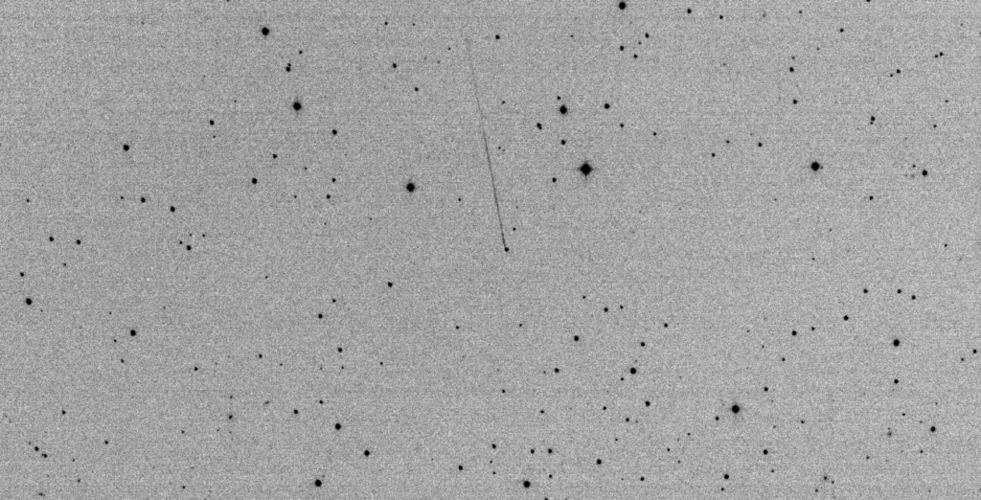On September 26th, 2022, NASA’s Double Asteroid Redirection Test (DART) collided with the asteroid Dimorphos, a moonlet that orbits the larger asteroid Didymos. The purpose of this test was to evaluate a potential strategy for planetary defense. The demonstration showed that a kinetic impactor could alter the orbit of an asteroid that could potentially impact Earth someday – aka. Potentially Hazardous Asteroid (PHA). According to a new NASA-led study, the DART mission’s impact not only altered the orbit of the asteroid but also its shape!
Continue reading “DART Changed the Shape of Asteroid Dimorphos, not Just its Orbit”DART Changed the Shape of Asteroid Dimorphos, not Just its Orbit


